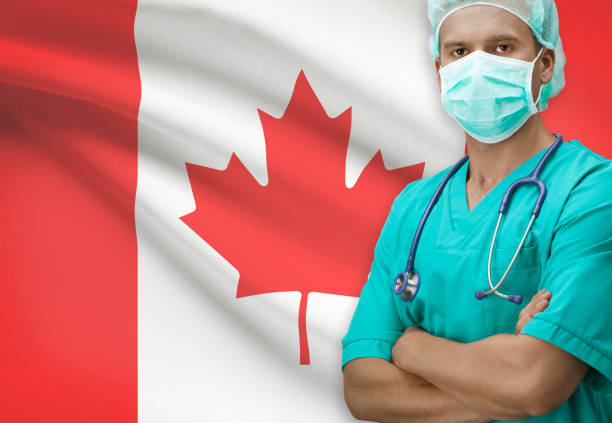How To Migrate To Canada As A Healthcare Worker

If you’re a nurse, doctor, or allied health professional thinking about leaving for greener pastures, you’re not alone — many skilled health workers see Canada as a real chance to grow professionally and live more stably. The path isn’t magic, but it is doable: Canada runs clear immigration programs for skilled workers, provinces actively recruit health professionals, and regulators have defined licensing routes for internationally trained clinicians. (Government of Canada)
Here’s how the journey usually looks and what to do next. First, assess your credentials and document everything — your degree certificates, transcripts, licences, and professional registrations. For nurses the National Nursing Assessment Service (NNAS) evaluates international credentials as the first official step toward Canadian registration. For doctors the Medical Council of Canada (MCC) outlines pathways and exams for internationally trained physicians. These evaluations and exams are essential because Canadian regulators must confirm your training before you can practice. (National Nursing Assessment Service)
Next, get your immigration basics in order: language tests (IELTS or CELPIP), an Educational Credential Assessment (ECA) if you’re aiming for Express Entry, and a clean CV with Canadian-style formatting. Many healthcare workers use Express Entry (Federal Skilled Worker or Canadian Experience Class) or a Provincial Nominee Program (PNP) to get permanent residence, and some provinces run dedicated health talent streams that speed up nomination for nurses, lab techs, and other roles. If you prefer working first, an employer-specific work permit can be an entry route while you complete licensing steps. (Government of Canada)
Practical steps to follow right now: register with the relevant Canadian assessment body (NNAS for nurses, MCC resources for physicians), request an ECA, book your language test, and research provincial health pathways — for example Saskatchewan and Alberta offer health-focused streams that do not always require Express Entry profile membership. Simultaneously, apply for jobs on provincial health authority sites and Canadian hospital career pages; many health regions list “international applicants” and explain employer support for immigration. Keep copies of every certificate, get references from supervisors, and prepare to explain your clinical experience clearly in interviews. (Government of Saskatchewan)
Licensing comes after immigration steps and varies by profession and province. Expect clinical assessments, exams, bridging courses, or supervised practice depending on your field. While that can take months or longer, provincial employers sometimes hire internationally and support your final licensing while you work under supervision. That means you can gain Canadian experience, which also strengthens Express Entry or PNP applications. (Medical Council of Canada |)
In short, how to migrate to Canada as a healthcare worker is about two linked journeys: immigration and professional licensure. Move both forward together — don’t wait for perfect timing. Create your Express Entry profile if eligible, apply to PNP or health talent streams, start credential assessments, and reach out to Canadian employers and recruiters who specialise in international hires. Migrate to Canada as a healthcare worker by preparing paperwork, proving your skill, and using province or employer supports to shorten the wait. Migrate to Canada as a healthcare worker with patience — each small step gets you closer.
Be the First to Share On Social
Enjoying our content?
Don't miss out on new videos! Subscribe to our YouTube channel for more awesome content.
Subscribe Now!













